Ertach Kernow - Cornwall leading the world
Cornwall leading the world
Although many people come to live in Cornwall and to buy second homes here they do not always appreciate Cornwall and the Cornish and the huge range of historic and cultural heritage we have here. This includes the many achievements made by Cornishmen and women at home here and around the world over the past hundreds of years. Those who have listened to ‘The Reason Why’ series of podcasts by Seamus Carey or seen his one man show ‘Help I think I’m a Nationalist’ will be aware of the English anti-hero ‘Roger’. As a second homeowner ‘Roger’ believes he is contributing to Cornwall but is totally unaware of any Cornish history, achievements and cultural heritage whatsoever. Roger is probably unaware of Cornwall’s vibrant economy beyond tourism that and Cornish folk and businesses are innovative, adapting to change and looking to the future. Amusingly we hear of city dwellers moving to Cornwall and complaining about smells from slurry spreading and cockerels crowing after buying their perfect get away property adjacent to a working farm. Although going through tough times at present with the housing and cost of living crisis Cornwall, with the right leadership and policies will emerge stronger and better equipped for the future.
Sadly, as is often the case now Cornwall has been at the butt end of ridicule since at least the reign of Henry III when the provocative court poet Henry of Avranches upset Michael Blaunpayn the poet, often known as Michael of Cornwall. We can infer from the replies made by Michael of Cornwall that Henry of Avranches could on occasion be very provocative. Henry had spoken ill of Cornwall as an inconsiderable country, cast out by nature in contempt into a corner of the land. Michael responded by acknowledging Cornwall’s rich and wealthy status, something Richard Earl of Cornwall would certainly have agreed with. The fact that during the reign of Henry III Richard Earl of Cornwall, the king's brother, had used the earldom and taxation on Cornish tin to help propel him to become one of the richest men in Europe.
Cornwall had always been considered somewhat backward a rural backwater until the expansion of the mining industry saw exports explode. Those attending Cornish schools, including myself, were taught about the start of the Industrial Revolution and learned about what was happening in the manufacturing and engineering heartland of England. The change from hand production of cloth through spinning and weaving was certainly changing by the third decade of the 18th century with the invention of the flying shuttle to improve weaving, the Spinning Jenny improving and spinning of cotton and other devices. Many of these continued to be powered by water wheels until introduction of steam engines really heralded the beginning of the Industrial Age from about 1760, depending on the personal opinion of historians. This industrialisation certainly saw the growth of towns that would in time become cities such as Manchester, Birmingham and Sheffield. Fortunately teaching syllabuses are now including far greater Cornish history and heritage, along with the Cornish language. This will engender greater pride in young people and statistics show more young people think of themselves as primarily Cornish.
So how backward was Cornwall and when did Cornish folk embrace the Industrial Revolution with engineering that would expand the mineral mining to levels supporting England’s own industrial growth? Cornwall has always taken on board new innovation and added to it through its own inventors, scientist and learned men. Minerals, initially tin and copper leading to industrialisation has been at the forefront throughout Cornwall’s history. Tin is found in a limited number of places, Cornwall being one of the few major places in Europe. Was it perhaps some ancient person living in what is now Cornwall who during the Copper Age, that period between the Neolithic Stone Age and the Bronze Age, who accidently mixed locally sourced copper and tin and joined the dots helping herald in the Bronze Age in Britain?
Cornish tinners had successfully tin streamed and worked shallow surface tin sources for over three thousand years gradually working deeper and covering larger areas in opencast mining. Mines that dove shafts deep into the earth were gradually reaching depths where the water prevented further working. As the early reachable deposits were worked out there was a period when mining slowed in the 14th century, compounded by the loss of life during the Black Death. Timber constructions, such as water wheels with buckets attached turned by oxen or horses were increasingly used with some evidence of Archimedes Screws being employed. At the dawn of the 18th century Cornwall was to really show what it could do and was at the forefront of embracing new technology. Newcomen steam engines were being used in Cornwall as early as 1715, predating many places in England. Over the next 150 years the wealth that Cornwall would produce would make some areas the richest in the world. People such as Richard Trevithick would become famous for their inventive and engineering skills helping mines delve ever deeper for copper and tin. Cornish miners were in demand worldwide for their knowledge, skills and ability to work hard rocks, especially following the collapse of the Cornish mining industry in the 19th century.
The often-quoted fact that Cornwall depends on tourism is not actually totally true. Yes it does contribute an important part of Cornwall’s income, but farming, fishing and forestry contribute as much if not more. Although fishing is far less important than it was in the heyday of the 19th century, fishermen have adapted to catch shellfish, crabs and lobsters, higher value products from the sea. Farming now is much more productive with the land improved on what it was in say the 18th century following the addition of sand, seaweed and other organic matter over two hundred years. Better land management, crop rotation, drainage and diversification as well as improvement to livestock and use of mechanical tools has increased production and making farming less labour intensive. Cornwall is also fortunate to still have in Truro the Lodge and Thomas Agricultural & Livestock Market, a firm first established in 1892, and at the heart of the Cornish farming community. Livestock sales once seen in market towns throughout Cornwall this is the last one and an important part of Cornwall’s farming heritage. Of course, not only do Lodge & Thomas carryout the valuable task of supporting Cornish agriculture through their livestock sales, but also their auction sale room which at each sale invariably includes many items of Cornish interests especially artwork. Mel Esdale and Sam Phillips do a great job there of not just preparing the sale lots but also sharing information on antique Cornish items.
Cornwall’s forestry and woodland is far below that of areas throughout England, however that is changing. The Forest for Cornwall project is aiming to cover 8,000 hectares in woodland and forest, equivalent to about 31 square miles. Production of the tree’s, planting and managing these forest sites will create new employment opportunities as well as making a contribution towards Cornwall Council’s aim of carbon neutrality. Whether that is possible given the degree of building and population growth being encouraged by developers is another matter.
Mining for Cornwall’s traditional metals and minerals is not yet over as Canadian company Cornish Metals Inc, formerly Strongbow Exploration, continues on its South Crofty project. Earlier this year an investment in the project of £25 million allows a 30-month programme to advance the mine including 24 months dewatering the mine workings. Once accomplished this will allow extraction to begin by about 2026. When full mining capacity is reached it is expected that 4,500 tonnes of tin annually could be produced making South Crofty the biggest primary tin mine in Europe. The advantages of working South Crofty is that it has an existing footprint and therefore minimise impact on the environment and other factors. Cornish Metals Inc also has exploration interests around Gwennap where it hopes to find a huge deposit of copper. Let’s not forget that when Cornwall’s mining industry collapsed well over a hundred years ago it wasn’t entirely due to lack of metals to mine. Price of ore and the economics of mining were a major factor, but over the past decade's extraction technology has developed to be able to extract tin, copper and other high value metals far more efficiently.
As we move further into the 21st century and power production of the United Kingdom changes to a green energy economy Cornwall’s geographic position and geology provides opportunities for the future. The regular and strong winds that Cornwall receives help power well over 500 wind turbines and along with Cornwall’s turbine smart grid and solar panels supplies 40% of Cornwall’s power needs. Hot rocks is a term often used in respect of the geothermal power project at United Downs and the Eden Project, agreement to supply the National Grid will in due course enable power for 10,000 homes. For those that like a swim in warm seawater the Jubilee Pool in Penzance uses underground heat to maintain temperature at 35°C, something for other places. These days more batteries, including those for vehicles, need lithium and Cornwall has beneath our feet high concentrations of lithium in geothermal brine. Extraction of this has huge potential for creating new businesses and well-paid employment.
In past centuries mine owners and landowners were the main beneficiaries, with miners, their families and communities benefiting poorly. Hopefully future historians won’t be writing that these latest opportunities to create wealth and well-paid jobs for Cornish families was lost due to production and profits being made by those beyond Cornwall’s borders and not shared and reinvested here.
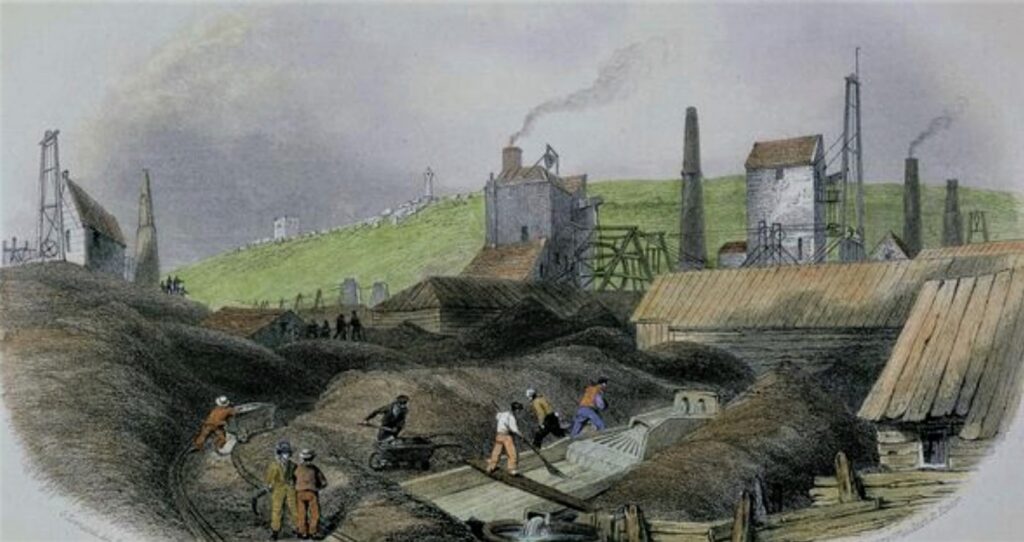
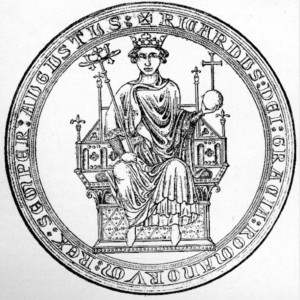
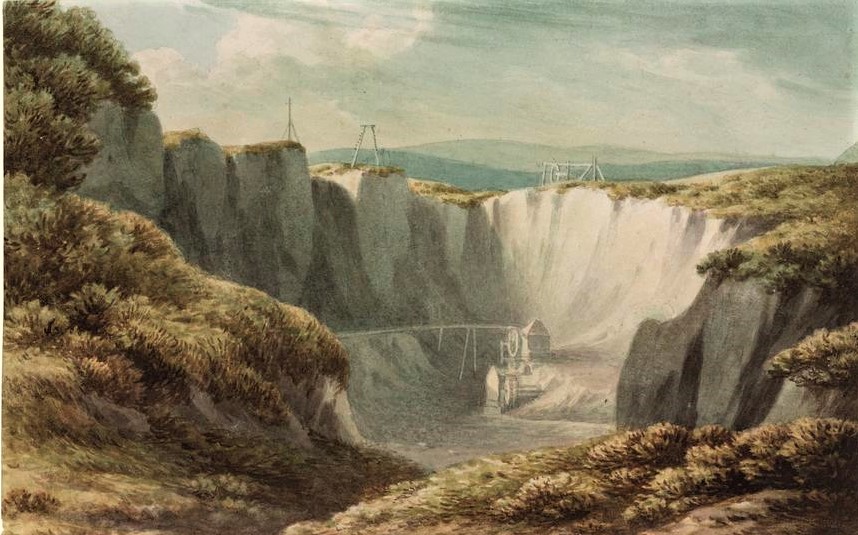
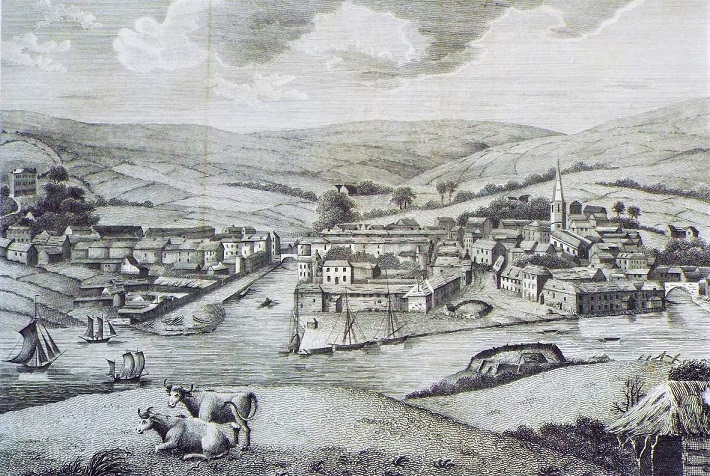
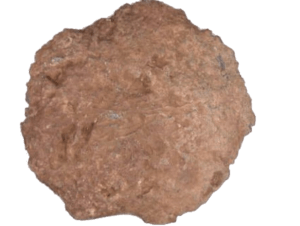
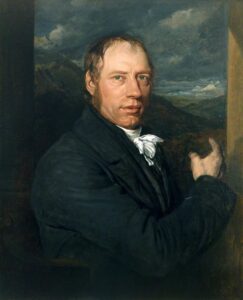
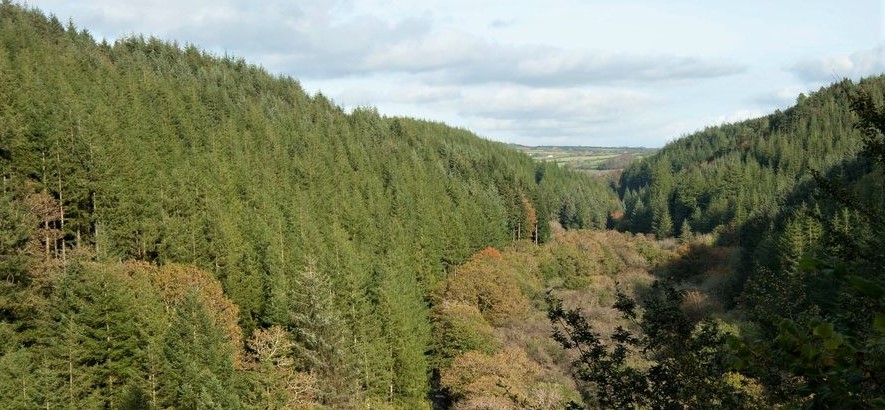
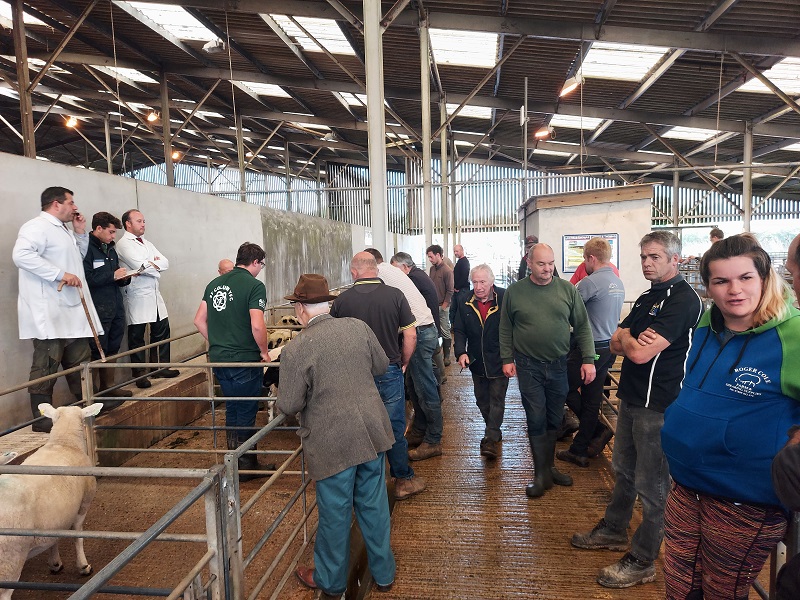
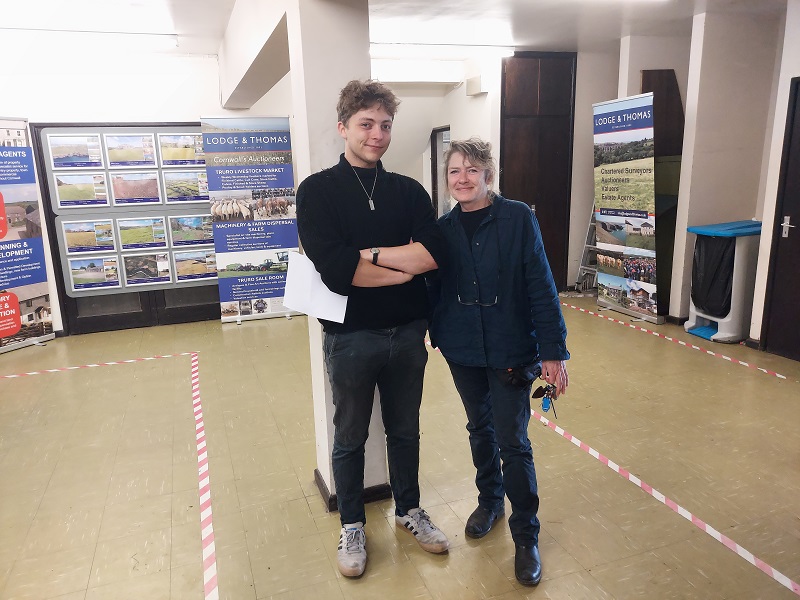
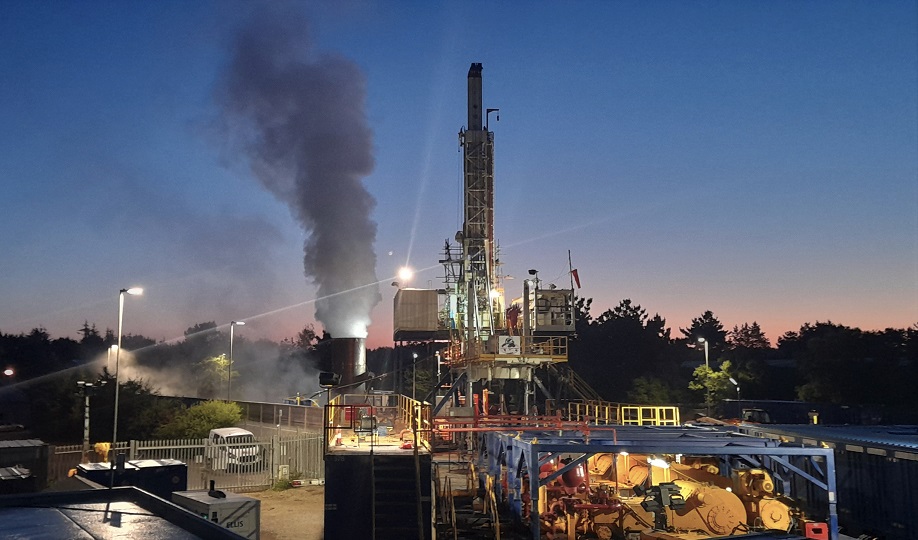
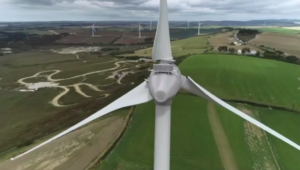
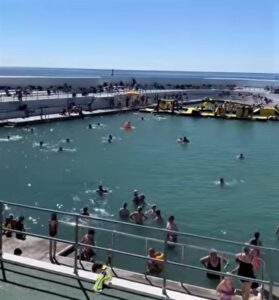
![[120] Voice - Ertach Kernow- 121022A Leading the World [S] Ertach Kernow - Cornwall Leading the World](https://www.cornwallheritage.com/wp-content/uploads/2022/10/120-Voice-Ertach-Kernow-121022A-Leading-the-World-S-239x300.jpg)
![[120] Voice - Ertach Kernow- 121022B Leading the World [S] Ertach Kernow - Leading the World](https://www.cornwallheritage.com/wp-content/uploads/2022/10/120-Voice-Ertach-Kernow-121022B-Leading-the-World-S-241x300.jpg)
![[120] Ertach Kernow Heritage Column - 12th October 2022 - News is food for thought Ertach Kernow Heritage Column - 12th October 2022 - News is food for thought](https://www.cornwallheritage.com/wp-content/uploads/2022/10/120-Ertach-Kernow-Heritage-Column-12th-October-2022-News-is-food-for-thought-300x295.jpg)